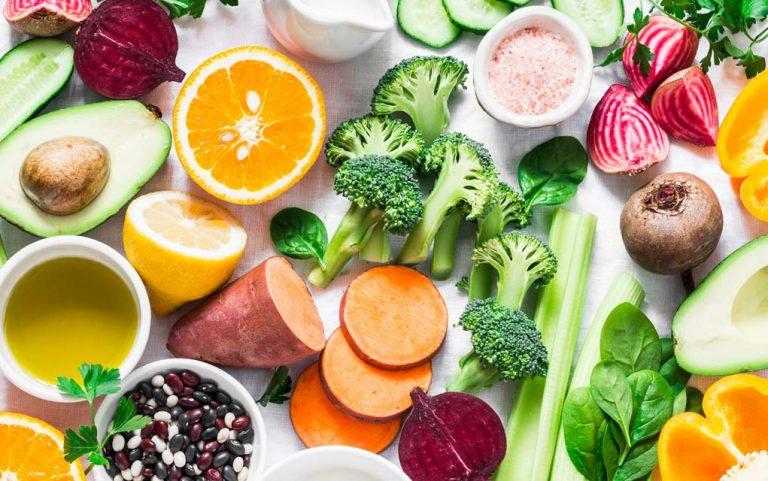Nutritional deficiencies may be the last thing on your mind. After all, if you try to eat a healthy diet, take supplements, choose organic foods whenever possible, and perhaps even grow some of your own, you may appear to be healthier than most people.
But insidious nutrient thieves and circumstances, such as your age, health conditions, chronic stress, medication use, where your food is grown, and even how it’s processed and stored, can rob you of the ability to absorb some nutrients or even get them in the first place. You don’t have to let that happen!





